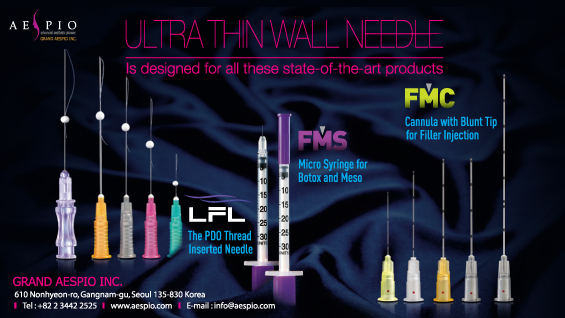

Figure 1. IVNT with the cocktail concept. Various cocktails can be concocted based on the patient’s symptoms and needs.
Classification of basic IV solutions
Basic IV solutions can be classified into a crystaloid solution, colloidal solution and nutrition solution based on the molecular weight and indication.
1. Crystaloid solution
The crystaloid solution has low molecular weight of solutes and can easily penetrate the semipermeable membrane. It is also useful for supplementing plasma and interstitial fluid as well as providing beneficial substances to the intracellular fluid. The IV solutions that are most commonly used for this are saline solution, Ringer’s solution, Hartmann’s solution, glucose, and fructose.
The saline solution is generally isotonic to blood plasma and has the concentration of about 300mOsm/L. It can be most easily used in cases of light bleeding or severe dehydration, etc. Various nutrient components can also be added to the basic saline solution. It serves as the most ideal base for mega-dose vitamin C therapy and other IVNT concoctions. The saline solution is available in various amounts from 100ml to 1,000ml and is also available as out-of-pocket (non-covered) treatments.
Ringer’s solution was developed by Sydney Ringer (British physician, 1835~1910) in the late 1800s. Sodium ion (Na+), chlorine ion (Cl-), potassium ion (K+) and calcium ion (Ca2+) were added to more closely assimilate the electrolyte composition of plasma. It was widely used during the World War I in soldiers with massive blood loss and in shock. It was also commonly used in surgery and burn care. It is one of the most widely known and used IV solutions in the world.
[Advertisement] ULTRA THIN WALL NEEDLE – Manufacturer: AESPIO(www.aespio.com)
Hartmann’s solution was developed by an American pediatrician A.F. Hartmann (1898~1964). Hartmann’s solution contains a lower amount of Cl- than Ringer’s solution with the addition of lactic acid. The reason for adding lactic acid is that it can correct metabolic acidosis in acute blood loss. This solution is contraindicated in diabetics due to its lactic acid content. One interesting fact is that the lactated Ringer solution (LRS), used in the Britain around the similar period, had almost identical composition to that of Hartmann’s solution. However, we may be more familiar with the name Hartmann’s solution in Korea because our early medical knowledge came from the US and not from Europe. <Figure 2> presents the similarity between Hartmann’s solution and RLS in terms of nutrient composition.

Figure 2. Comparison of the composition of Hartmann’s solution and Lactated Ringer
-To be continued




















